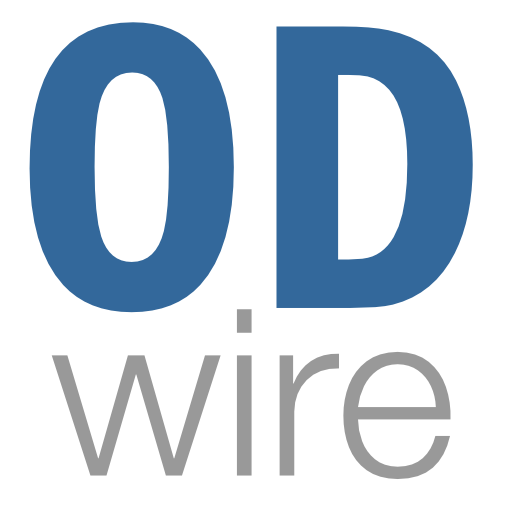- Feb 24, 2001
- 18,604
- 4,359
- 113
- School/Org
- University of Michigan Medical School
- City
- Lake Oswego
- State
- OR
Episode 21: Dr. Norman Haffner & the LaGuardia Meeting that Changed Everything
Former dean of the SUNY College of Optometry & genuine "Optometric Living Legend", Dr. Norman Haffner sits down with us to talk about optometric history, and the fateful day in January 1968, when he was part of a clandestine meeting that took place in a LaGuardia Airport hotel room.
That meeting shook eye care to its foundation, and it was the day that changed optometry from a purely vision care profession to a true health care profession.
If you've ever wondered how you came to have prescribing rights, Dr. Haffner goes over the long bloody struggle, and tells what it was like to be at the center of it all.
The outspoken Dr. Haffner also goes on to talk about the current state of eye care, the AOA, and the current board certification issue.
Feel free to ask follow-up questions of Dr. Haffner & leave comments in this thread.
Loading the player ...
Former dean of the SUNY College of Optometry & genuine "Optometric Living Legend", Dr. Norman Haffner sits down with us to talk about optometric history, and the fateful day in January 1968, when he was part of a clandestine meeting that took place in a LaGuardia Airport hotel room.
That meeting shook eye care to its foundation, and it was the day that changed optometry from a purely vision care profession to a true health care profession.
If you've ever wondered how you came to have prescribing rights, Dr. Haffner goes over the long bloody struggle, and tells what it was like to be at the center of it all.
The outspoken Dr. Haffner also goes on to talk about the current state of eye care, the AOA, and the current board certification issue.
Feel free to ask follow-up questions of Dr. Haffner & leave comments in this thread.
Last edited:





